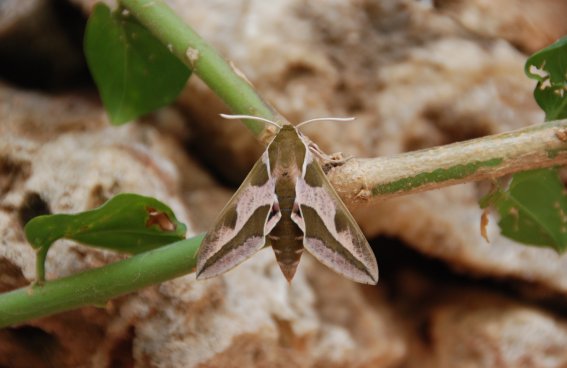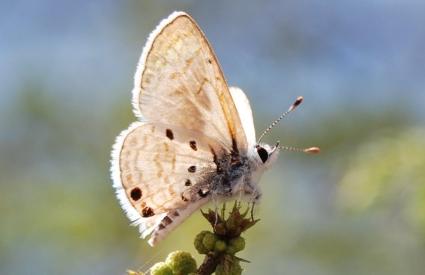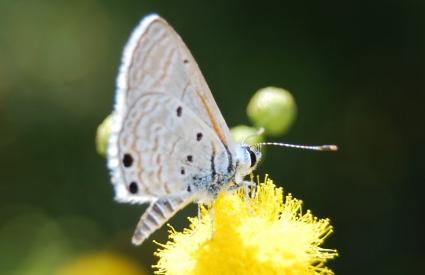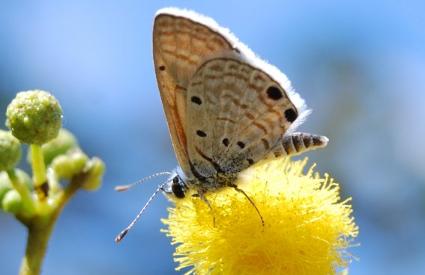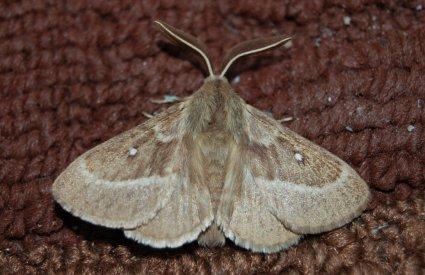About Malta
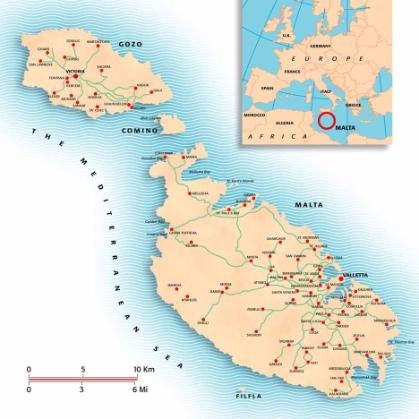
Malta is an archipelago in the central Mediterranean (in its eastern basin), some 80 km (49.71 mi) south of the Italian island of Sicily across the Malta Channel. Only the three largest islands – Malta (Malta), Gozo (Għawdex), and Comino (Kemmuna) – are inhabited. The smaller islands (Filfla, St. Paul’s Islands, Fungus Rock, etc.) are uninhabited. The islands of the archipelago lie on the Malta plateau, a shallow shelf formed from the high points of a land bridge between Sicily and North Africa that became isolated as sea levels rose after the last Ice Age. The archipelago is therefore situated in the zone between the Eurasian and African tectonic plates.
Malta officially known as the Republic of Malta (Maltese: Repubblika ta' Malta), is a Southern European country consisting of an archipelago situated in the centre of the Mediterranean, 80 km (50 mi) south of Sicily, 284 km (176 mi) east of Tunisia and 333 km (207 mi) north of Libya, with Gibraltar 1,755 km (1,091 mi) to the west and Alexandria 1,508 km (937 mi) to the east.[8] Malta covers just over 316 km2 (122 sq mi) in land area, making it one of the world's smallest states. It is also one of the most densely populated countries worldwide. The de facto capital city of Malta is Valletta, whilst the largest town is Birkirkara. The main island comprises many towns, which together form one Larger Urban Zone (LUZ) with a population of 452,515 according to the National Statistics Office. The country has two official languages, Maltese (considered the national language) and English.
Throughout history, Malta's location has given it great strategic importance, and a succession of powers including the Phoenicians, Greeks, Romans, Arabs, Normans, Aragonese, Habsburg Spain, Knights of St John, French and the British ruled the islands. Malta gained independence from the United Kingdom in 1964 and became a republic in 1974, whilst retaining membership in the Commonwealth of Nations. Malta was admitted to the United Nations in 1964 and to the European Union in 2004. Malta is also party to the Schengen Agreement and in 2008 it became part of the eurozone.
Malta has a long Christian legacy and is an Apostolic see. According to the Acts of the Apostles in the Bible, St. Paul was shipwrecked on "Melite", as the Greeks called the island, and ministered there. Catholicism is the official religion in Malta as declared by the Maltese constitution.
Malta is internationally renowned as a tourist destination, with numerous recreational areas and historical monuments, including nine UNESCO World Heritage Sites, most prominently the Megalithic Temples which are some of the oldest free-standing structures in the world.
The average yearly temperature is 22–23 °C (72–73 °F) during the day and 15 °C (59 °F) at night. In the coldest month – January – the temperature ranges from 12 to 20 °C (54 to 68 °F) during the day and 7 to 12 °C (45 to 54 °F) at night. In the warmest month – August – the temperature ranges from 28 to 34 °C (82 to 93 °F) during the day and 19 to 24 °C (66 to 75 °F) at night.
The currency used in Malta is the Euro.
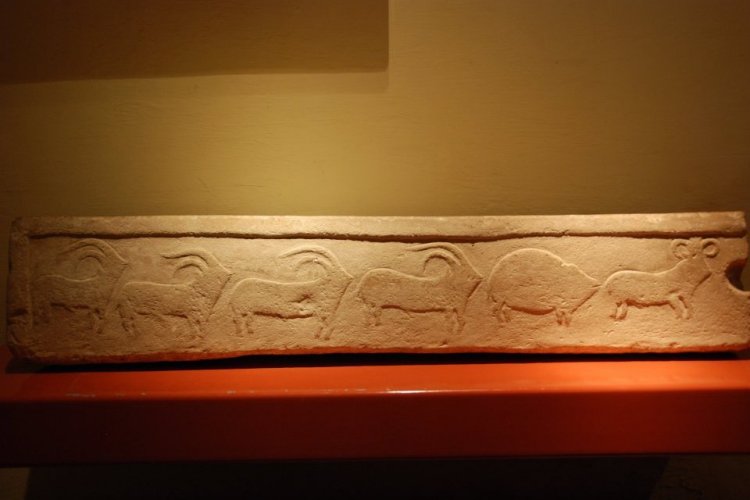
Archeological Museum, Republic Street, Valletta
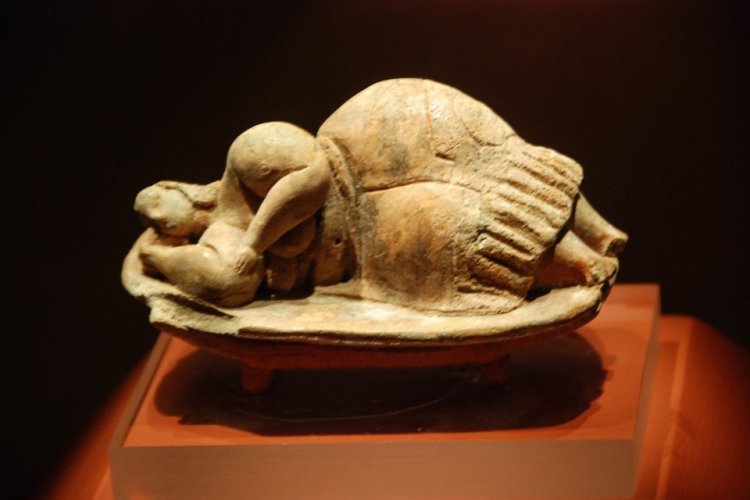
Archeological Museum – Sleeping Lady
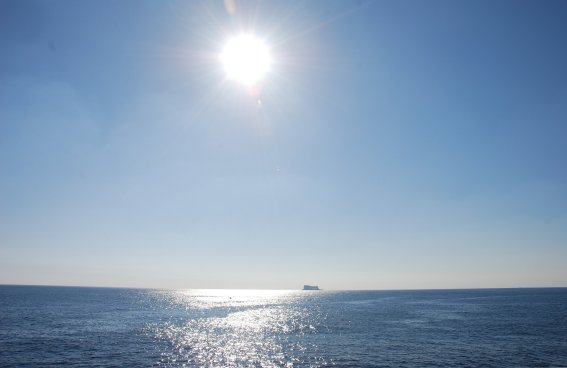
Noon, on Filfla Island
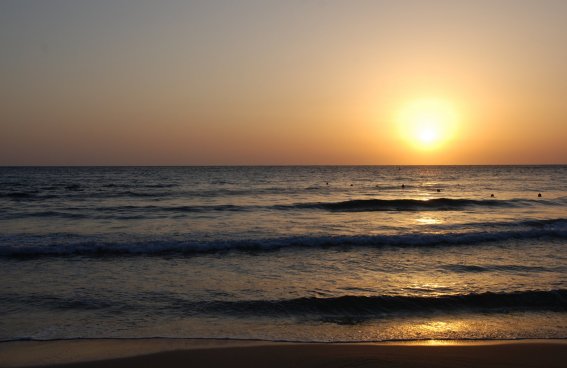
Sunset, Golden Bay
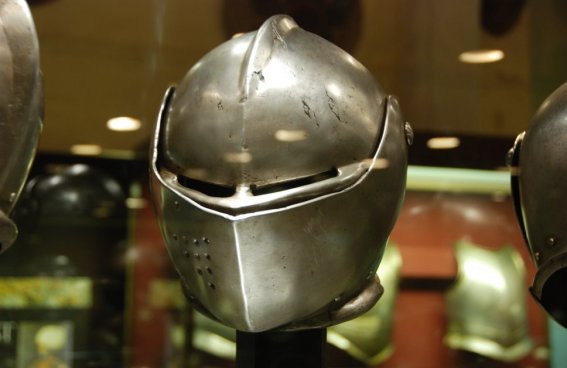
The Palace Armoury, Valletta
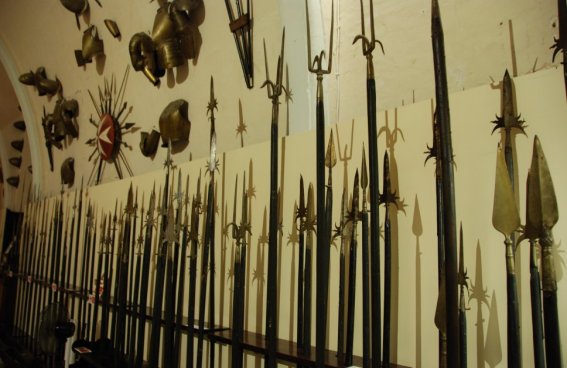
The Palace Armoury, Valletta
Ghar Dalam, Birzebbugia – dripping Stalactite
Ghar Dalam, Birzebbugia - pigmy elephant tusk
Ghar Dalam, Birzebbugia – pigmy elephant skeleton
Ghar Dalam, Birzebbugia – bear skeleton
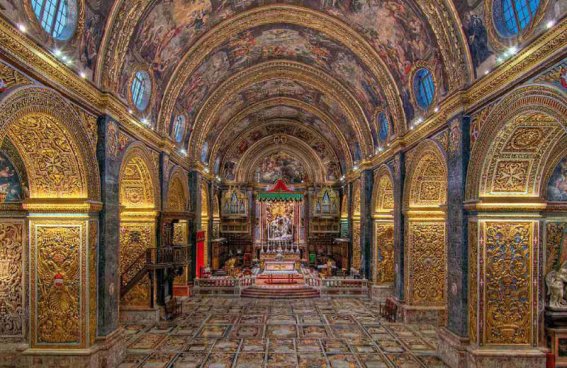
St John'a Cathedral, St. John Street, Valletta
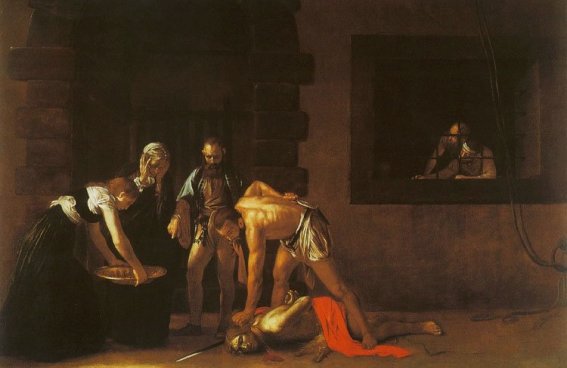
The Beheading of St John the Baptist – St John's Co-Cathedral
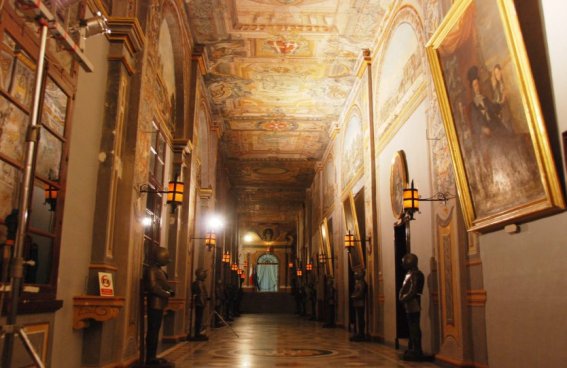
Corridor at the Grandmaster's Palace, Valletta
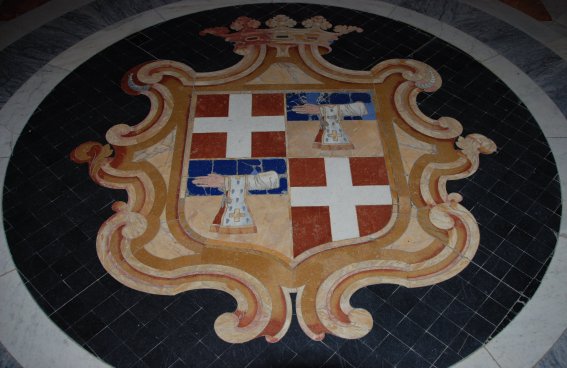
Marbled Floor, Grandmaster's Palace, Valletta
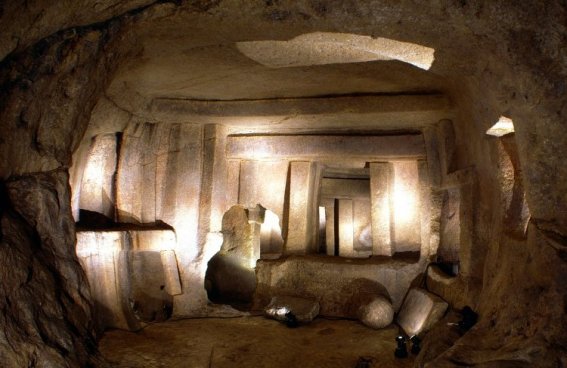
Hypogeum of Hal Saflieni, Paola
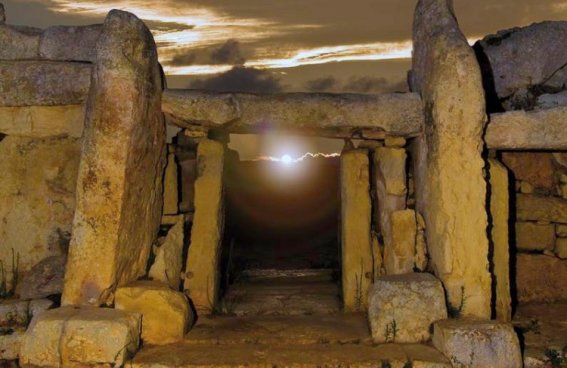
Mnajdra megalithic temples, l/o Qrendi
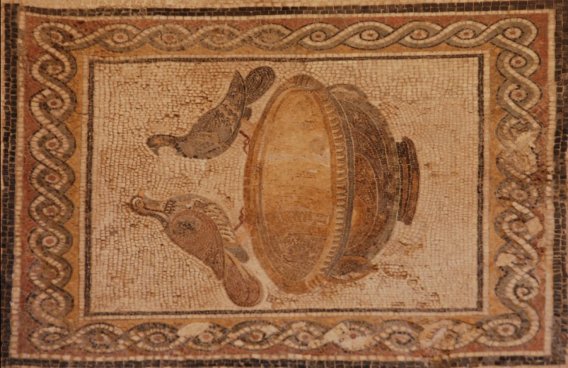
Domus Romana (Roman Villa), mosaic Rabat (Malta)
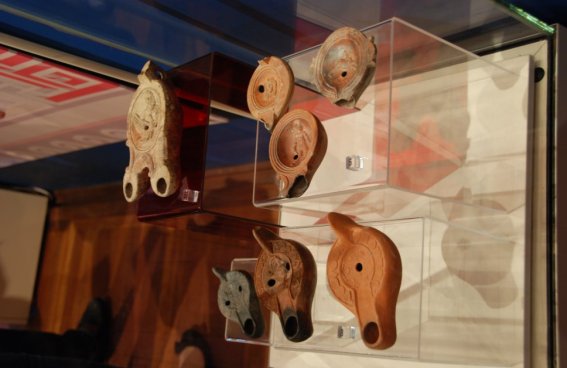
Domus Romana (Roman Villa), artifacts, Rabat (Malta)
Anthemis urvilleana (Endemic)
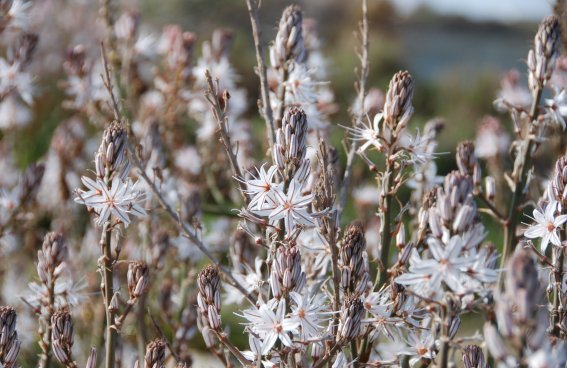
Asphodelus aestivus
Orobanche ramosa
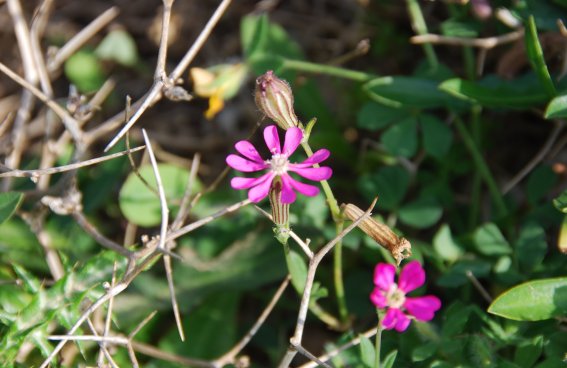
Silene colorata
